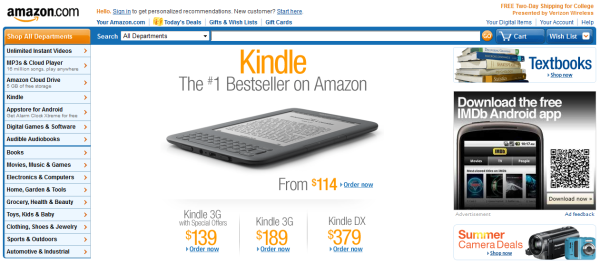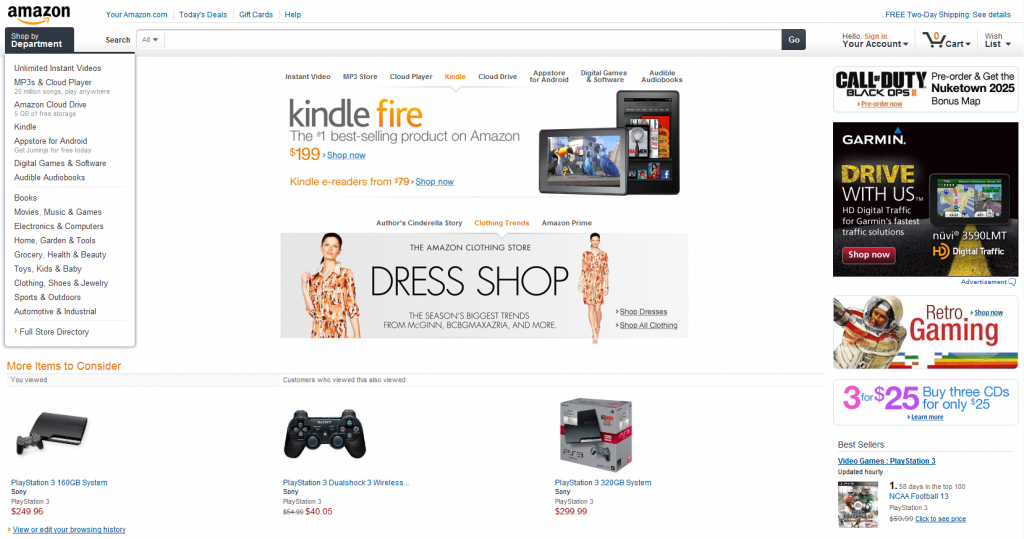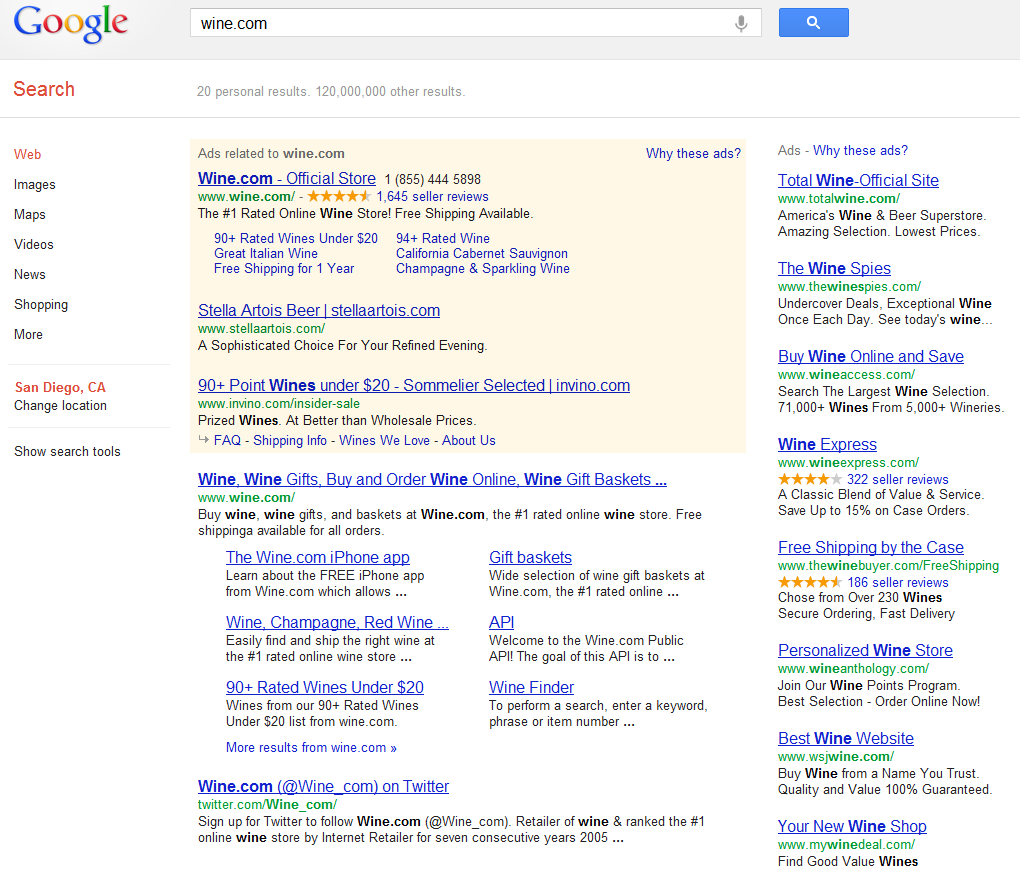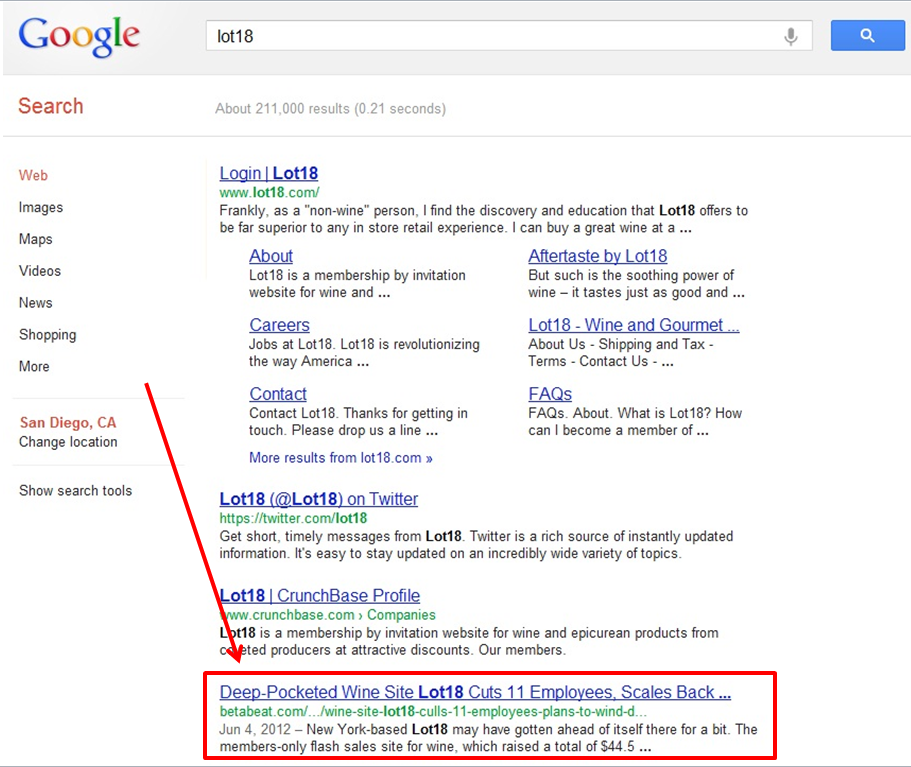Author: Matt Commins, Co-Founder of Fish Tank Media
Its July 19, 2012 8:24PM PST and I’m watching AJ Griffin, of my beloved A’s, pitch a gem against the Yankees. Two years ago I would’ve only looked at his MLB stats and romanticized about Griffin’s potential, but those days are over. For a year I’ve been “scouting” young players in the meth den (shout out to Professor Parks for the phrase) known as the California League and talking/learning from baseball scouts. The first thing you’ll learn is a baseball player’s ability is more than his stat line. In order to better understand a players future potential requires more than stats.
A thirteenth round draft pick, it’s remarkable Griffin has made it to the big leagues. That said, I believe Griffin’s ceiling is a #5 starter, which equates to a fringe Major Leaguer. His simple problem is he does not miss bats. He is a command and control pitcher (60-65 grade command) who pitches to contact. He has a slightly below average 88-90mph fastball, average curveball, and slider. The changeup, his best pitch, is plus and allows him to get away with his below average fastball. If he is pitching behind a bad defense and/or a good or neutral hitter’s park he’s burnt toast. Luckily for him he pitches in the best pitchers park in the American League and the defense behind him is above average. So what am I getting to, you might be asking yourself?
As time goes on you should always revaluate what you thought was correct. Compared to three years ago, six months ago, even a week ago you’re a different, smarter marketer. Therefore, you should always reevaluate the recommendations and strategies you’ve implemented. Keyword mapping, like baseball player projection, is one of those tasks you should constantly re-evaluate.
Before we start the process of smoking the brisket known as keyword mapping you’re going to need the following ingredients:
- Google Webmaster Tools Account
- Analytics Account (Google Analytics, Omniture, etc)
For this example I’m assuming we’re working with an ecommerce website that sells shoes. When doing keyword mapping the first thing I do is download the Search Query Report from Webmaster Tools so I can acquire the following metrics: impressions, clicks, and average position. I recommend pulling three months of data so you can have a statically significant data set.
Then I go to the analytics account and pull orders and revenue for all Organic Google keywords from the same date range as the data I pulled from Webmaster Tools. I combine the keyword data and calculate AOV, CTR, and Conversion Rate.
The table (above) is looking at the top 4 keywords for the Red Shoes page. Based on the data, “red shoes” provides the highest traffic potential, but “buy red shoes” is generating the most revenue. Clearly, “buy red shoes” is the keyword I would map as the primary keyword to the Red Shoes page.
Every keyword has a revenue amount attached to it. Some keywords provide more impressions and clicks, but if the clicks are not bringing you more money then it’s time to move on. A common belief in online marketing says ranking on generic head terms such as red shoes will reach users higher up in the conversion funnel, which will assist in conversion process via paid search and/or longer tail keywords. I 100% agree with this logic. However, unless you have an extremely large marketing budget and/or staff, targeting head terms will be very costly and time consuming. I recommend starting with longer tail keywords that receive less traffic but provide the highest ROI. Once you start reaping the rewards you can reinvest and try to go after head terms.
Also, this method can be used to identify which keywords you should focusing your link building and SEO efforts on. It can be a daunting task to prioritize 100-200 keywords, but if you use this methodology the most important keywords will quickly stand out. I’ve found having these metrics will impress your boss and show, from his/her POV there is a method to your madness.
To Conclude
At the end of the day you’re trying to make money; a ton of it. If you look at the appropriate data and map the correct keywords you will make more money. The next installment will provide more in-depth scouting reports (just kidding…actually I’m not.) and more importantly, provide recommendations on how to judge the competitiveness of every keyword. In order to move up in organic rankings will take time and a lot of #want.






